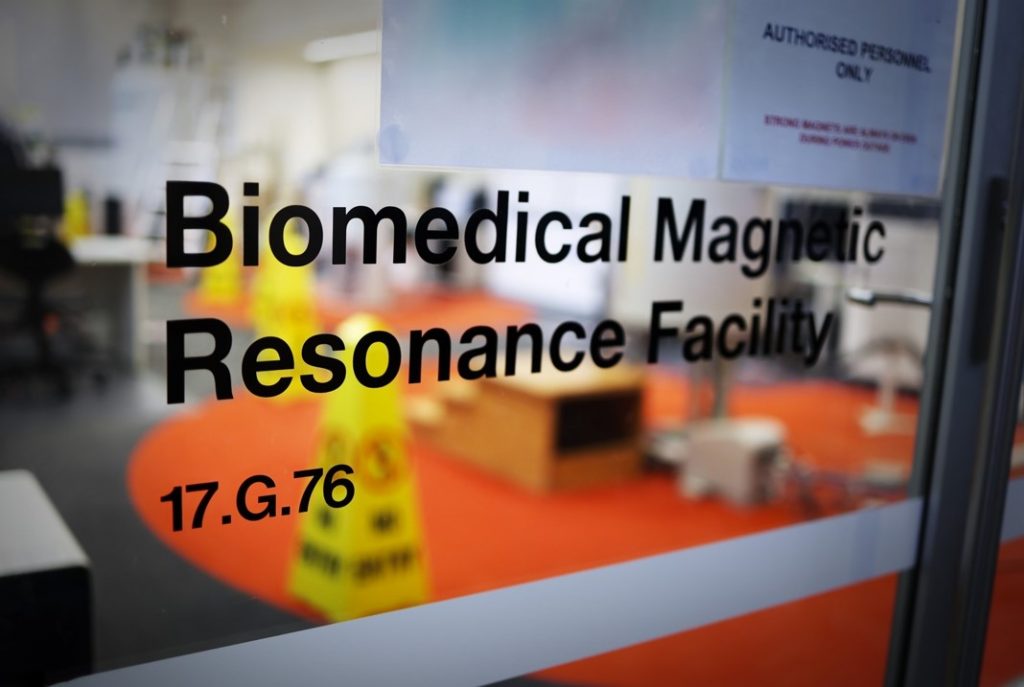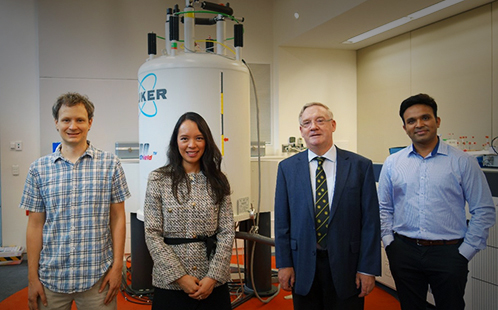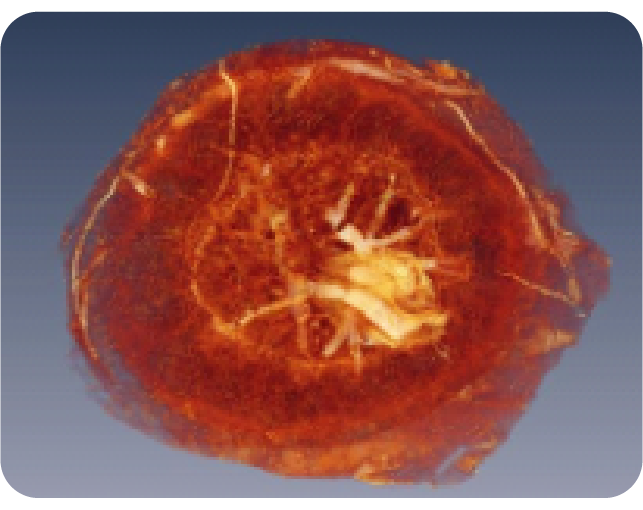World-first: Cancer Council supports Western Sydney Uni’s AI enhanced cancer research
[Pictured above: Dr Tim Stait-Gardner, Dr Trang Pham (UNSW/Liverpool Hospital), Professor Bill Price and Dr Abhishek Gupta]
Cancer Council NSW has awarded a grant for over $430K to Western Sydney University researchers and an expert multi-institutional team to investigate the use of artificial intelligence (AI) to improve the effectiveness of radiation therapy for people living with cancer.
The world-first study will support the MRI-Linac, a next-gen radiotherapy technology developed by the NSW-based Ingham Institute for Applied Medical Research, combining an MRI scanner and a radiotherapy linear accelerator (Linac) into one integrated system.
In typical radiotherapy treatment, still images of the patient and their cancerous tumour taken prior to treatment are used to help plan and guide the direction of the radiation beam, but this radiation process can also damage normal tissues that are subjected to the radiation beam during treatment.
The MRI-Linac combines the technology of a Linear Accelerator and an MRI scanner, which can display real-time images enabling the monitoring of movement in tumour locations caused by normal functions like breathing or swallowing during treatment. The MRI-Linac can pinpoint parts within the tumour that are most active and aggressive, so a higher dose of radiation can be delivered to those areas.
In this study, MRI will be used to characterise cancer heterogeneity (differences among tumours and cancer cells), which can lead to cancer recurrence.
The multi-institutional research team is led by NIF Node Director Prof Bill Price and includes NIF Facility Fellow, Dr Tim Stait-Gardner and Research Fellow, Dr Abhishek Gupta from Western Sydney University; Dr Trang Pham, A/Prof Lois Holloway and Prof Erik Meijering from UNSW, as well as Prof Daniel Moses from the Prince of Wales Hospital. The research team also includes members from the Ingham Institute of Applied Medical Research, Auckland Bioengineering Institute and the University of Queensland.

The team will use ultra-high-strength MRI scanners to produce microscopic resolution images of tumour samples. These highly detailed images will allow them to characterise the biological differences between tumours.
The team will then use deep learning, a specialised form of AI, to transfer this knowledge into clinical MRI scanners to enhance the resolution of imagery in MRI-Linac.
Prof Price said the research will allow clinicians to better predict the effectiveness of treatment and enable personalised care, with half of all cancer patients requiring radiotherapy.
“Radiotherapy is an important part of treatment for many cancer patients, however, in current practice it offers little capacity for personalised care,” Prof Price said.
“We have identified an opportunity to further enhance treatment by considering biological characteristics of an individual’s tumour with the help of AI.”
Prof Price said the implementation of this new enhanced imaging technology along with the precision of the MRI-Linac has the potential to greatly improve treatment outcomes and patient survival rates.
The study, ‘Targeting cancer heterogeneity with ultra‐high field MRI and radiotherapy using deep learning’, will be a collaboration between Western Sydney University, UNSW, Liverpool Hospital, Prince of Wales Hospital, Ingham Institute, University of Queensland, and Auckland Bioengineering Institute.
For more information on this study, contact NIF Node Director, Prof Bill Price.








